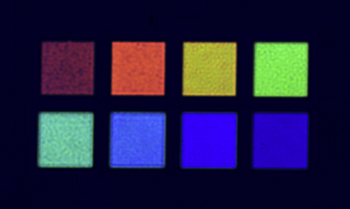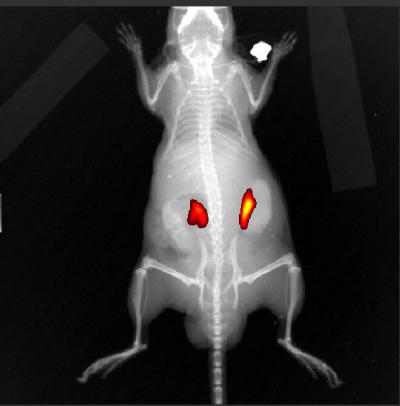Protecting people's privacy in an age of online big data is difficult, but doing so when using visual representations of such things as social network data may present unique challenges, according to a Penn State computer scientist.
"Our goal is to be able to release information without making personal or sensitive data available and still be accurate," said Sofya Raskhodnikova, associate professor of computer science and engineering. "But we have to figure out what 'privacy' means and develop a rigorous mathematical foundation for protecting privacy."

